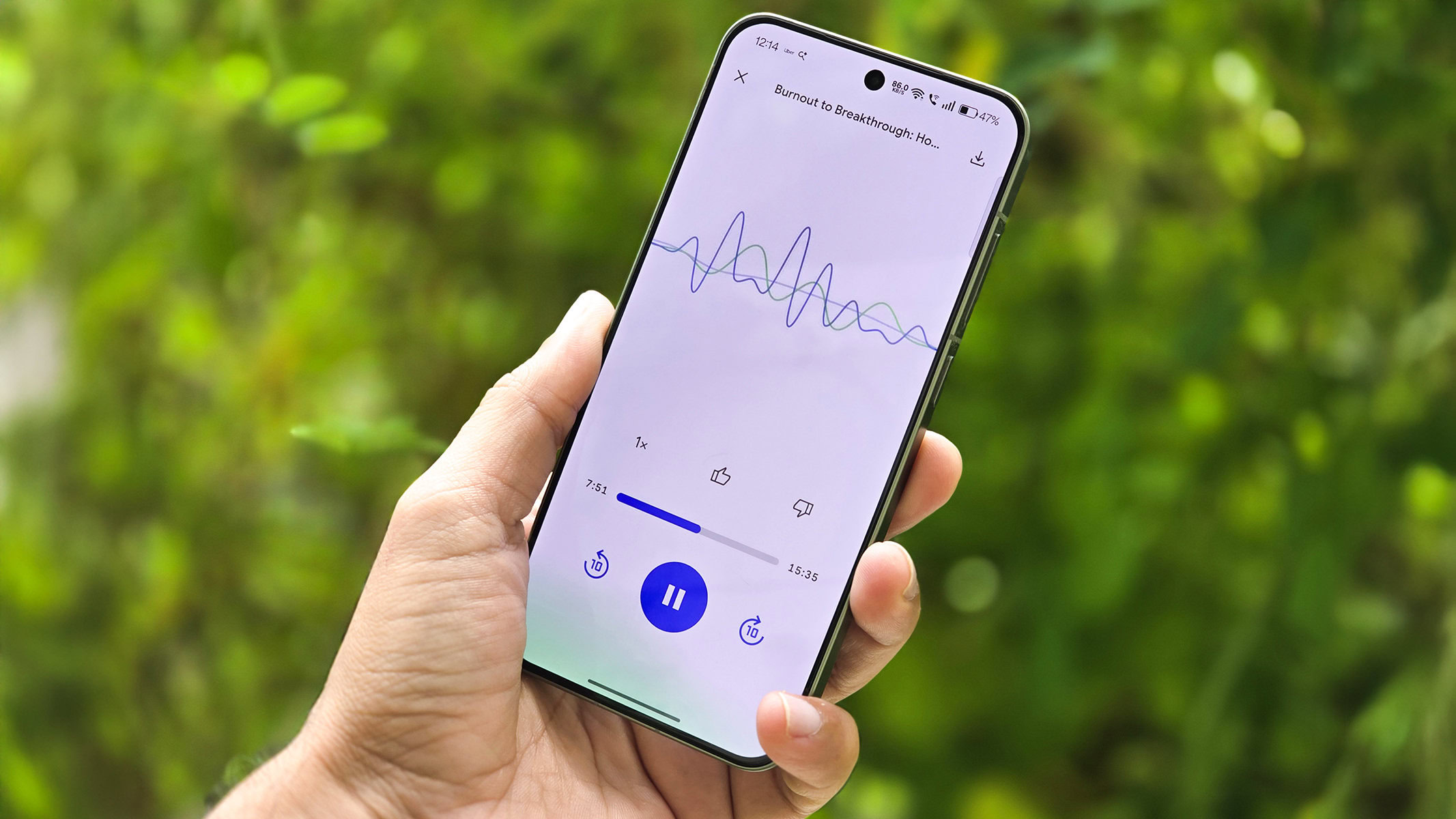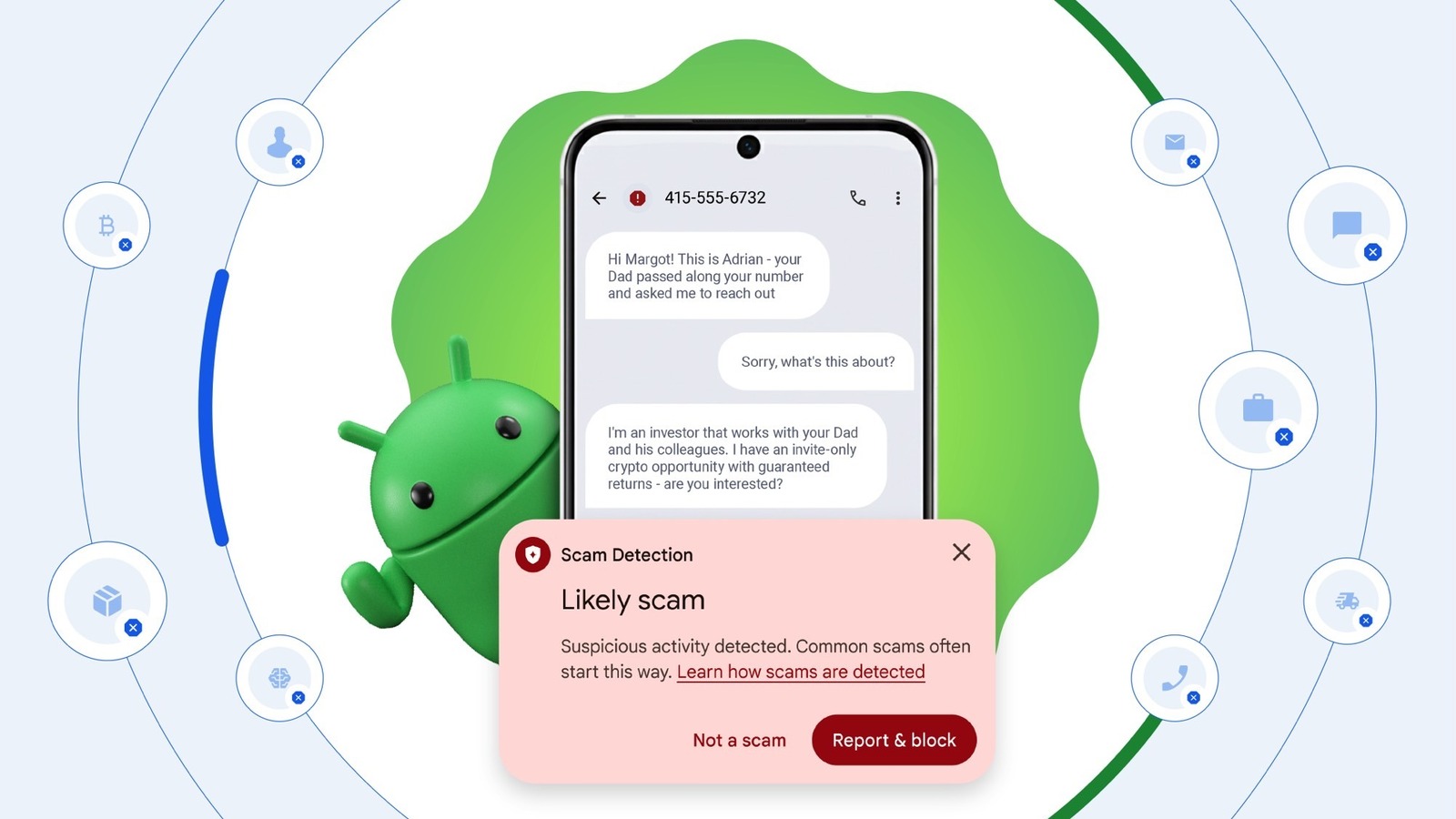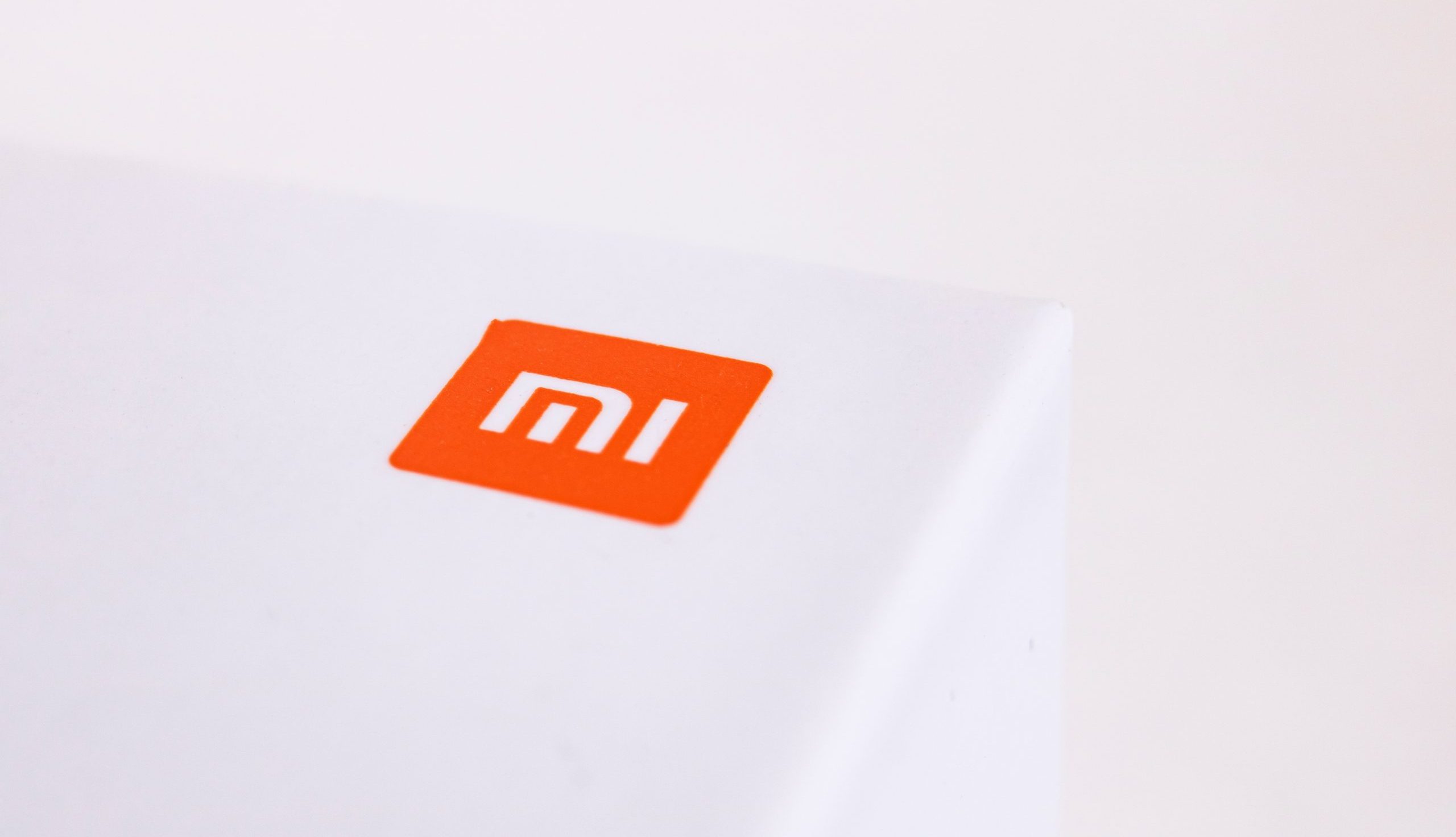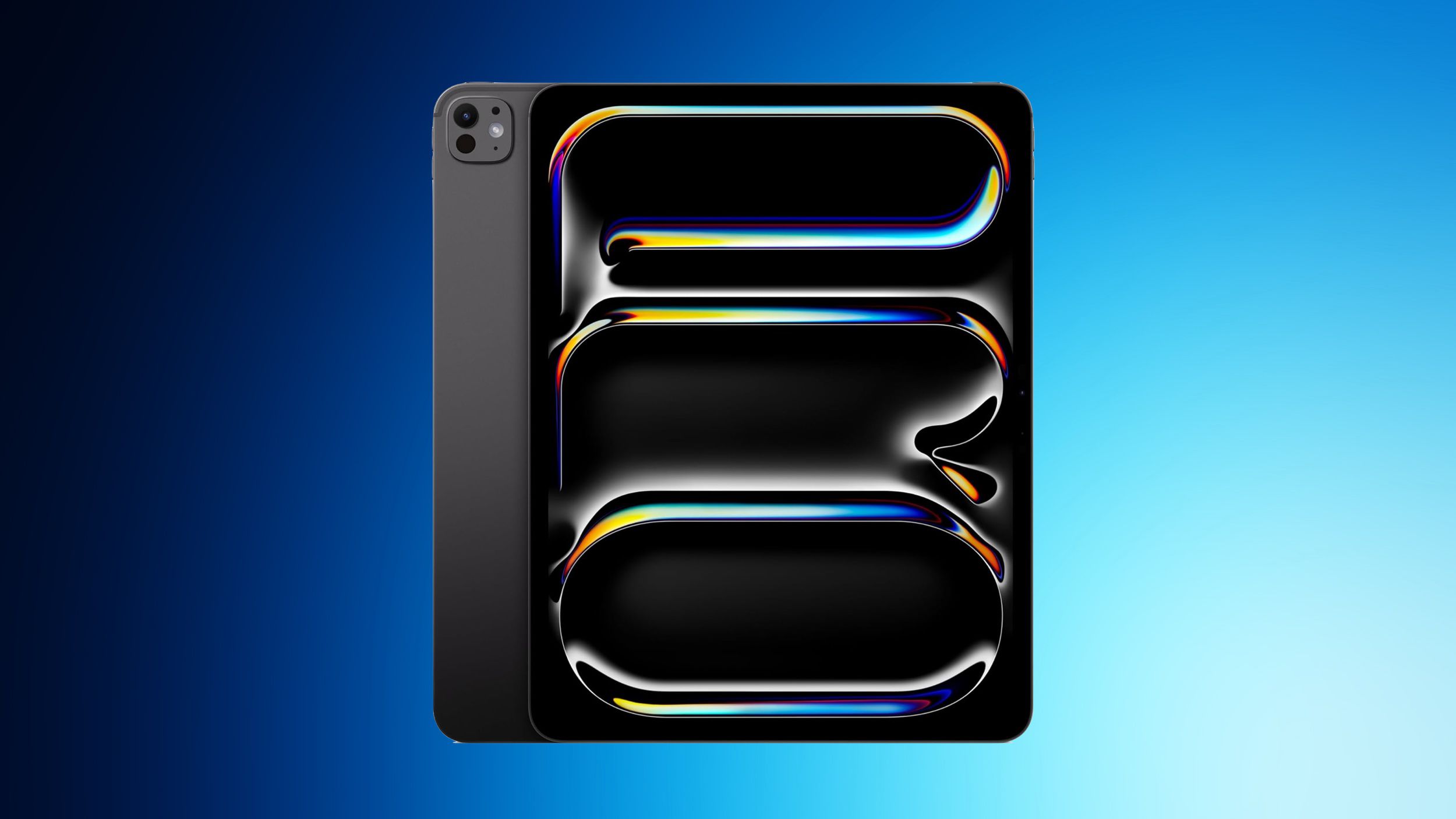Tushar Mehta / Android Authority
While there’s been a modest revival in dedicated audio players, most listeners — including many discerning audiophiles — are streaming music straight from their smartphones. And why not? Android devices offer a vast selection of music streaming platforms, surprisingly capable speakers, and some of the best Bluetooth connectivity around.
Still, Android’s audio signal chain remains a bit of a black box. What actually happens to your music between the app and your headphone driver is often unclear. To lift the veil, here’s how Android handles your audio — and what you can do to get the best possible sound.
Android and Hi-Res audio
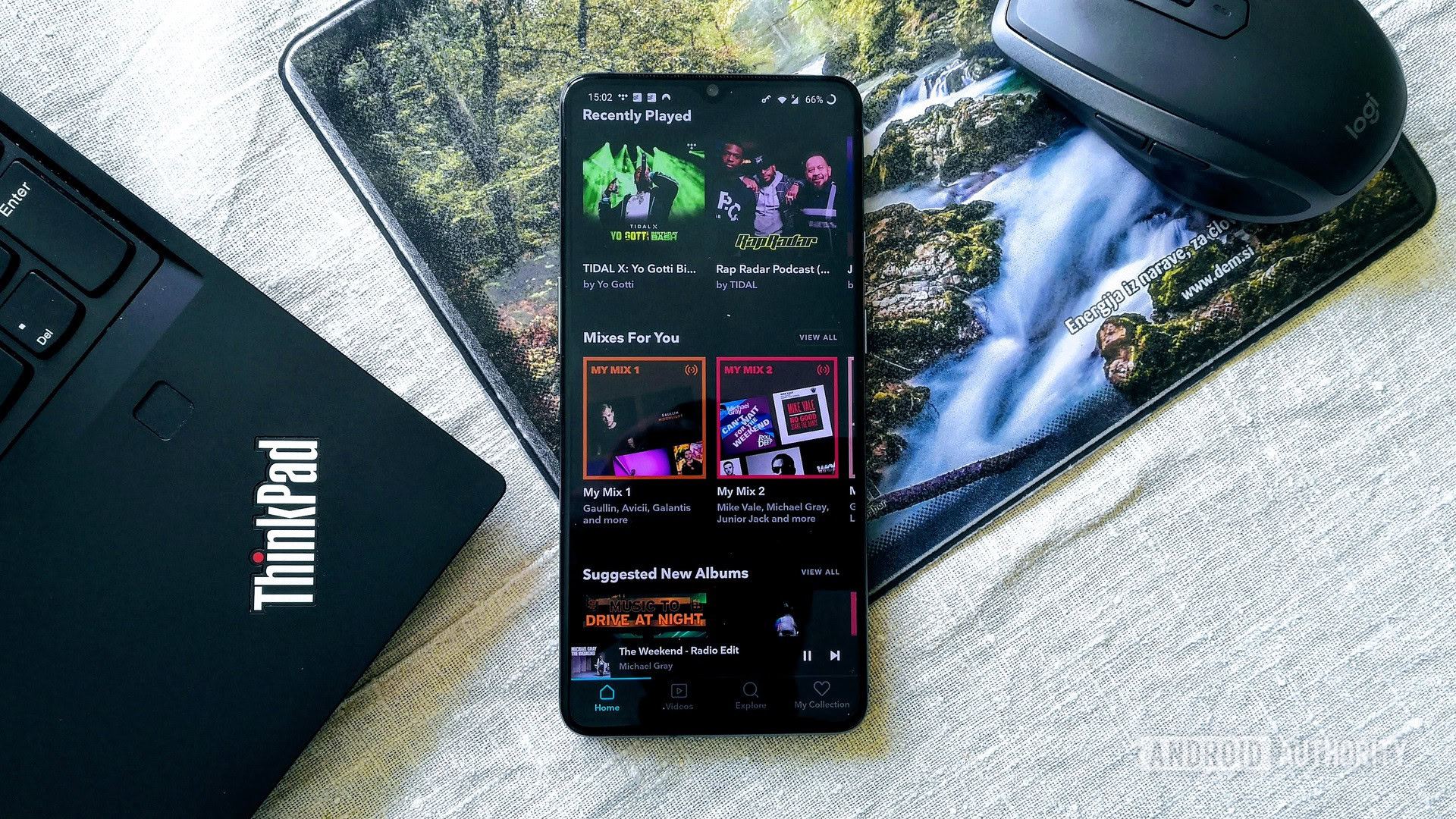
Edgar Cervantes / Android Authority
Whether you’re playing back locally or streaming over your data plan, Android natively supports 16-, 24-, and 32-bit audio at sample rates up to 192 kHz. Since Android 9, all audio is mixed internally in 32-bit floating-point precision to avoid rounding losses. Outside of typical music applications, Android also guarantees decoding of up to 8 channels. Recent Android versions also include built-in support for spatial audio and head-tracking through the Spatializer API, alongside OEM features like Dolby Atmos and Sony 360 Reality Audio.
In other words, the platform has long supported high-quality audio formats, making it suitable for playing back and processing everything from CD-quality FLAC to lossless masters.
If you’re interested in the low-level workings of Android audio, your apps typically use the android.media API — such as AudioTrack or MediaPlayer — to send audio data to the core OS. These APIs communicate with the native AudioFlinger service, which handles mixing, routing, and stream management. For example, this is where your music might be mixed with notification sounds.
AudioFlinger then passes the processed audio to the Audio HAL, which interfaces with the actual hardware, like your phone’s speakers or Bluetooth output. While most audio is routed through AudioFlinger, newer APIs like AAudio for low latency or the USB bit-perfect mode introduced in Android 14 let compatible apps bypass the mixer entirely. More on that later.
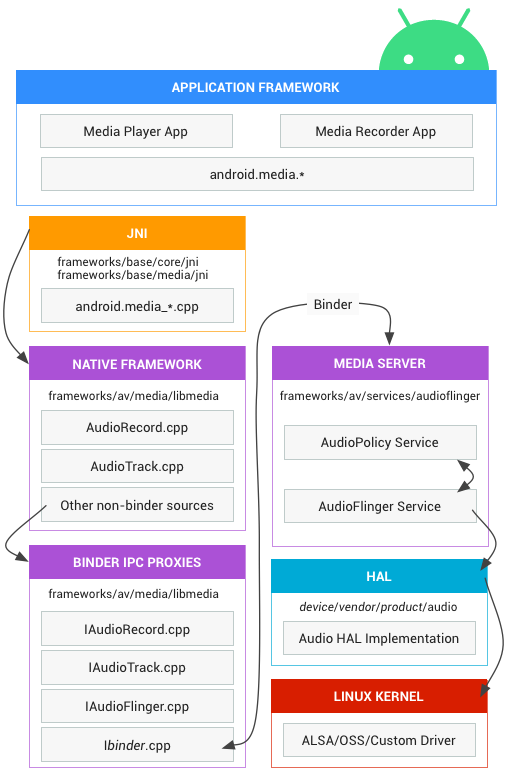
Now, Android does have somewhat of a playback oddity that’s not transparent to users. The AudioFlinger can downmix and resample audio on the fly. By default, Android processes everything in 32-bit floating point but converts the output to 16-bit or 24-bit PCM at 48 kHz stereo, maintaining a consistent buffer size and master clock across apps and services. In practice, that means 44.1 kHz and 192 kHz material is usually resampled for playback over the phone’s speakers or the (now rare) 3.5 mm headphone jack.
However, the exact behavior ultimately depends on how each device’s Audio HAL is configured. OEMs can override this in instances where hardware supports it, such as multichannel speaker support or connecting a high-resolution DAC, but it’s often difficult to tell exactly what each individual phone is doing.
Android includes a variety of audio resamplers that OEMs can customize, including linear, cubic, sinc with original coefficients, and sinc with revised coefficients. The latter two are generally preferred for high-quality playback because they are essentially mathematically perfect.
Android’s default 48kHz clock isn’t the nightmare audiophiles might think.
Before you get bent out of shape over resampling, note that the sinc function isn’t crude interpolation to fill in the blanks — the function is derived directly from the Nyquist–Shannon sampling theorem, and is the impulse response of an ideal low-pass filter. As such, it preserves frequency content and avoids aliasing, allowing the original waveform to be reconstructed at a different sample rate with remarkable accuracy — especially when paired with proper windowing.
Considering that 16-bit, 48kHz exceeds the threshold of human hearing even for “golden ears,” resampling with a sinc function is a genuinely high-fidelity option that’ll surpass the expectations of most listeners. However, I know that won’t be good enough for everyone.
USB-C audio is the key
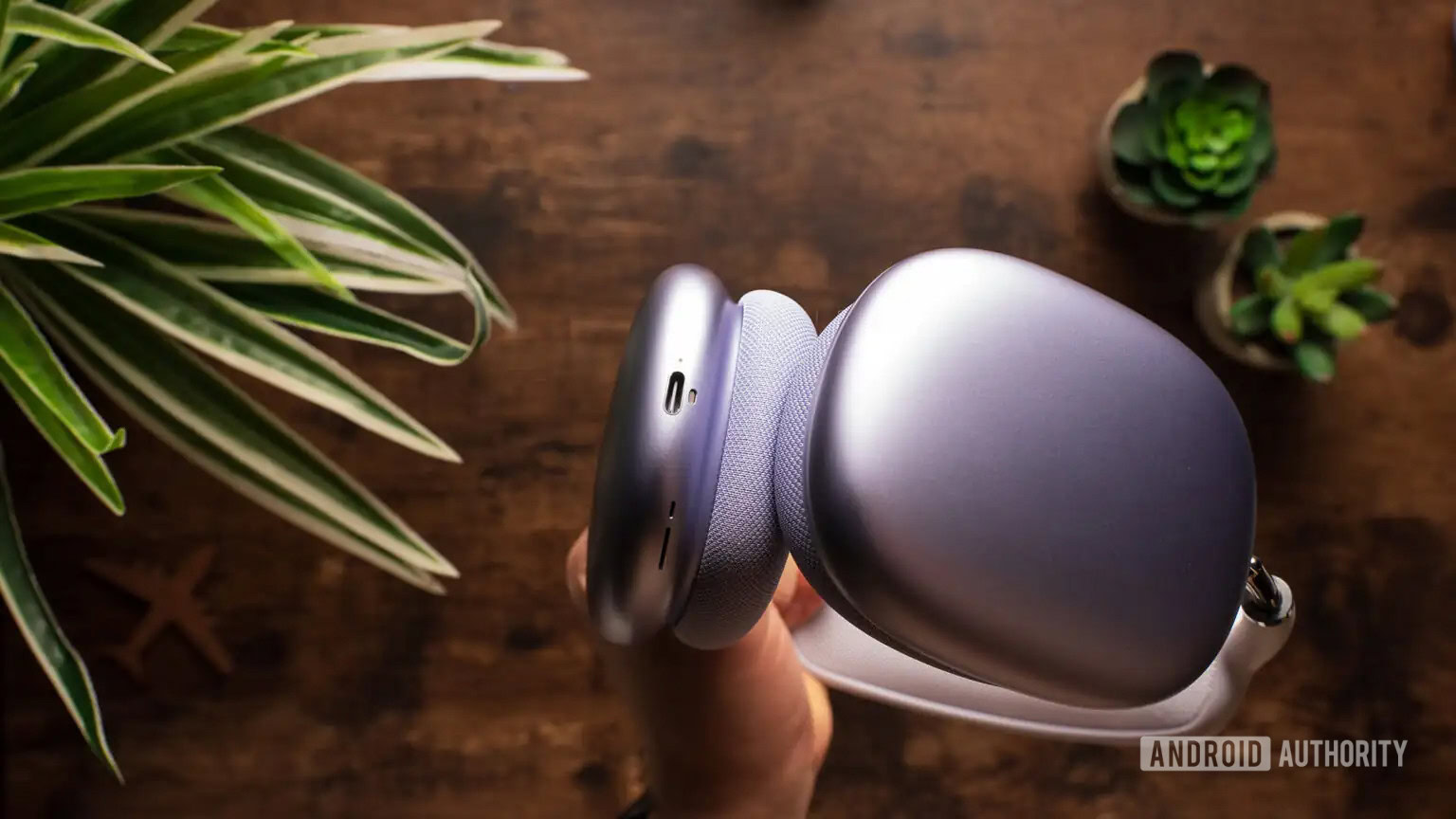
With the 3.5mm jack all but gone from today’s Android smartphones, high-end audio fans now have to resort to audio over USB-C, either connecting directly to headphones or to an external digital-analog converter (DAC) for wired playback.
Android supports USB Audio Class 1 and 2, allowing AudioFlinger to direct audio streams over USB in 16-, 24-, and 32-bit formats at sample rates up to 48 kHz. That makes it simple to plug and play with a pair of USB-C headphones, albeit constrained by Android’s playback defaults. However, when both the DAC and the device’s Audio HAL support it, Host Mode can enable even higher sample rates — such as 96 kHz or 192 kHz — though this behavior is not guaranteed and varies by device.
USB is the key to bit-perfect playback, but it takes some setup.
To remedy this opaque and perhaps undesirable setup, starting with Android 14, the OS introduced support for bit-perfect USB audio playback. Apps can directly query and configure mixer attributes for USB audio playback, allowing them to set the audio format, sample rate, and mixer behavior, bypassing the AudioFlinger to transfer audio at higher bit depths and sample rates directly to a DAC.
If you want to remove the Android OS middleware from your audio playback chain, the AudioMixerAttributes class is the way to do it. However, this feature has to be directly supported by the app and the OS, making it a rather niche tool for music lovers. Existing apps that bypass Android’s resampling include USBAudioPlayerPro and HiBy Music.
The frustrating world of Bluetooth audio

Lil Katz / Android Authority
While a USB DAC might be the best way to listen to pristine audio, wireless headphones are today’s most popular way to listen on the go. But as we know, the stars must align to make the most of Bluetooth audio, particularly if you plan to pair it with a Hi-Res streaming service like Spotify Lossless.
As of Android 8.0, the OS supports various Bluetooth audio codecs, including the default SBC, AAC, and LDAC. Recent Android versions also support Bluetooth LE Audio with the LC3 codec. While LC3 isn’t marketed as “Hi-Res,” it’s more efficient than SBC and can deliver transparent stereo quality at lower bitrates, improving battery life and latency. Handsets can also include optional proprietary codecs such as aptX Lossless and LHDC.
Android attempts to automatically select the most appropriate codec, depending on what your headphones support and the quality of your wireless connection. Although far from an absolute measure of quality, Bluetooth audio bitrates can reach as high as 990kbps for LDAC and 1.2Mbps for aptX Lossless.
Bluetooth can sound great, if you have the right handset and headphones.
Unlike fancy USB-C DAC options, AudioFlinger cannot be bypassed here. Even though codecs like LDAC and LHDC can theoretically support 96kHz sample rates, it depends on how a manufacturer configures its audio HAL. Still, all Bluetooth codecs are lossy, and while compressing from high bit depths and sample rates can have minor benefits, the quality of the codec is the defining feature here.
LDAC, LHDC, or aptX Lossless support on both your handset and headphones is your best bet for golden ears, but even AAC and aptX will sound great to most of us. However, one virtually irreversible drawback of wireless audio is the added latency, often up to 200ms or even higher compared to a wire.
Putting it all together
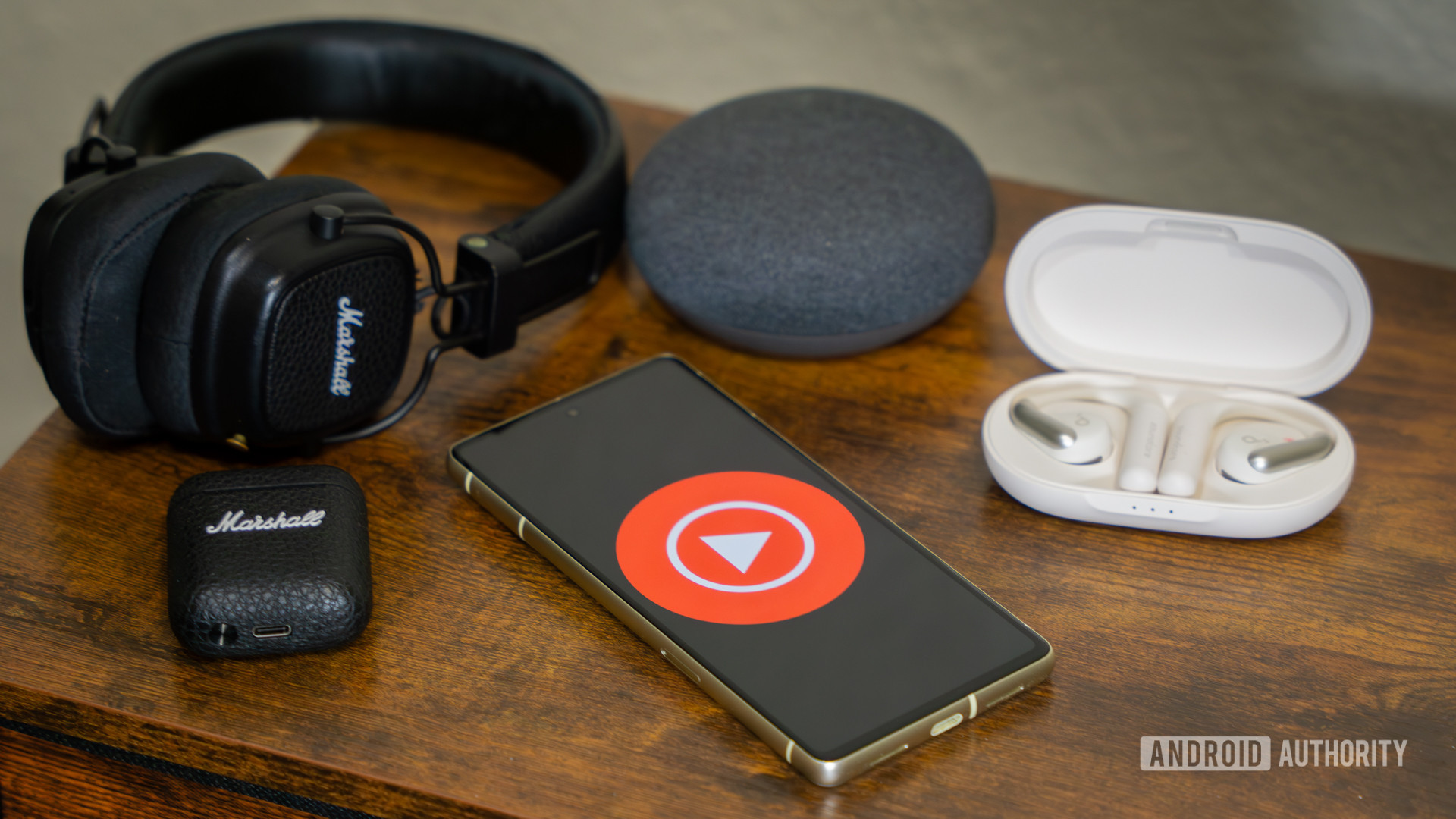
Edgar Cervantes / Android Authority
The latest and greatest Android flagships can handle Hi-Res audio — we’re talking 24-bit, up to 192 kHz PCM, processed internally in high precision floating-point. But whether you actually hear that extra fidelity depends on your hardware (as well as your ears).
Many phones still output at a perfectly robust 16-bit/48 kHz by default, unless your phone sports a premium internal DAC or you bring your own dedicated USB-C DAC adapter. If you’re itching to make the most of ultra-premium DSD formats or Hi-Res streaming platforms, an external DAC paired with a playback app that can talk directly to it is your best bet.
For wireless listeners, Android supports advanced Bluetooth codecs like LDAC and aptX Lossless, which can deliver surprisingly good quality, even up to 96 kHz in some cases, even if transmission over the air prevents bit-perfect playback. Still, for most listeners and audiophiles, picking the right wireless headphones and codec pairing will sound plenty good enough.
Ultimately, Android gives you the freedom to scale your listening setup, from convenient wireless streaming to true bit-perfect wired playback. The OS can absolutely deliver high-fidelity sound; it just takes a little awareness of where and how that fidelity might get reshaped along the way.
Don’t want to miss the best from Android Authority?


Thank you for being part of our community. Read our Comment Policy before posting.

